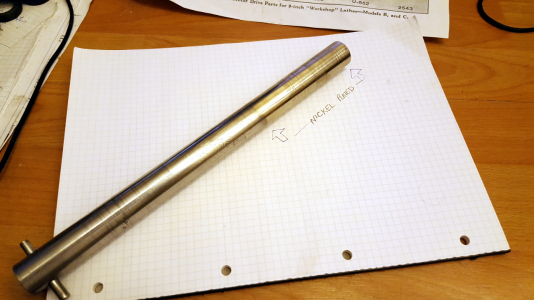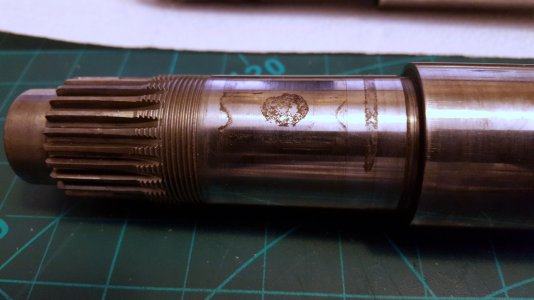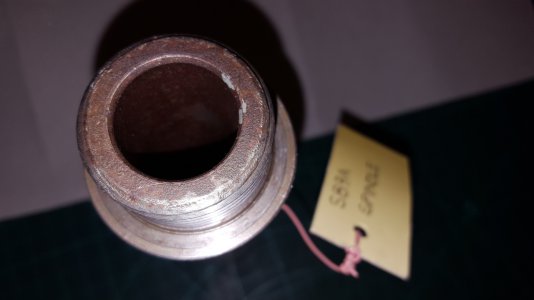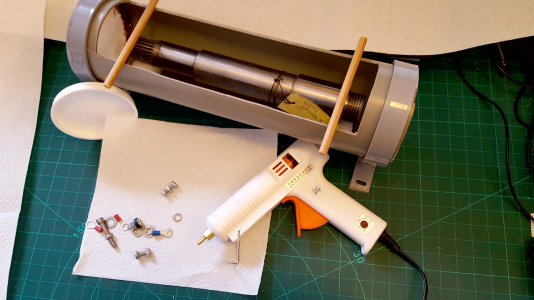@graham-xrf if you stick to the organic acids, such as citric and acetic, they will chelate the oxides, but attack the metals hardly at all. CLR and the other rust removers work on the same principle. Stay away from muriatic and its sulfuric actid and copper sulfate and similar compounds as these will attack and pit the base metal. Sometimes they can be used, but carefully, and not in high concentrations.
I'm refurbishing a D1-6 faceplate with rust on it. The taper is rusted and it is a precision surface. I'm going with a wipe on vapo rust with a non abrasive pad to remove the loose rust, then I'm polishing it out with 800 and 2000 grit wet and dry.
It will be a thing of beauty!
I have figured out that when irons and steels, perhaps excluding those alloys that have the assistance of chromium and suchlike, rust madly, and deeply if they have their micro-surfaces chemically exposed to air, such as when they have been treated by acids, or steam-cleaned, or recently cut. The the rusting gets going instantly unless stopped while it is still wet. After steam-cleaning, I saw my lathe bed turn orange in about 30 seconds!
It seems that the process can be halted by treating with neutralizing alkali, like sodium carbonate, or bi-carbonate. Simply put in boiling hot water for a while, "seals" the surface, they say, but I think it is the oxidation to magnetite, which if oiled afterwards, gives it the protection. It is absolutely true that if the surface is polished in the way you describe, it so reduces the exposed micro-surface area, that it resists rusting, even without further protection.
While the dark brown (oily) patina on the 4-jaw chucks that came with my South Bend 9 has it's vintage charm, I much prefer the look of (oily) shiny steel, especially the way it accents a piece of precision vintage iron that is also stating that it has been well cared for. I guess I just hate rust!
My first adventures with nickel protection was when recovering a countershaft spindle from the filthy rusty mess it had become from neglect.

Even a spindle inside what should have been swimming in oil, if left to stand long enough, takes a print in rust of where the oil should have been coming in.

.. and it's future will not ever be like the next picture ..

I have made an ad-hoc plating bath for it, out of plastic drainpipe..

So - for something as important as my 48" straight-edge reference, I may well use some nickel. I understand Robert Renzetti used some kind of low(ish) temperature silver solder to fill rust pits in a surface plate, and then scrape it back. A bit like old-school car bodies were "leaded". I am thinking that if the rust pits on the end of the straight-edge were treated this way, then all of the rest of it need not be scraped down to get it all below the depth of the rust pits.






